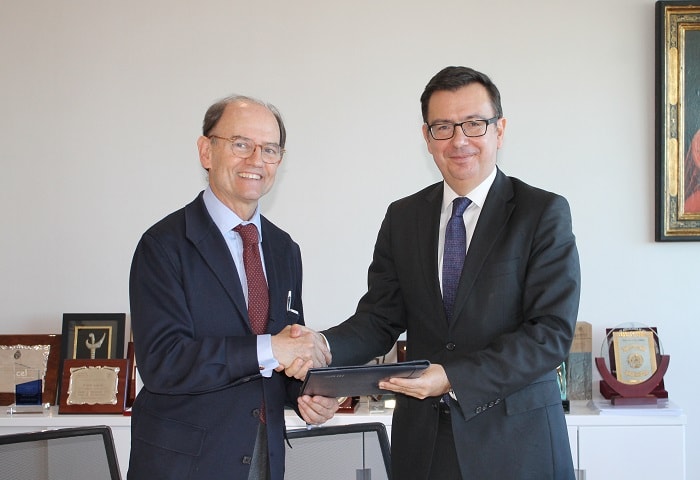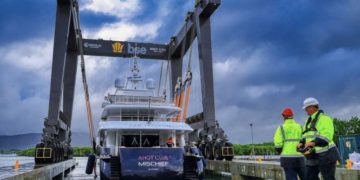Transport for London (TfL) in the UK has appointed a new 40-member team of road and transport enforcement officers on key traffic routes to reduce congestion in the city.
The new team will initially focus on ten key corridors, including Gracechurch Street, Bank; Eastcheap to Leadenhall, Bank; Gosport Street to Hoe Street, Walthamstow; Hackney Road to Ball Pond Road, Dalston; Ladywell to Loampit Vale, Lewisham; Highshore Road to Heaton Road, Peckham; Manor Park Road/Craven Park to Manor Park Road/High Street, Harlsden;Kensington High Street to Notting Hill Gate, Kensington; Columbia Avenue to Balmoral Road, Worcester Park; and Gatton Road to Trevelyn Road, Tooting.
“This is one of a number of targeted actions we’re taking to tackle congestion and reduce delays on the roads.”
The road and transport enforcement officers will work along with the TfL-funded Metropolitan Police Roads and Transport Policing Command to move unlawfully stopped vehicles, issue penalty charge notices to illegally parked vehicles and clear unnecessary or poorly set-up roadworks.
These officers will also be able to direct traffic around congestion on London’s roads, in addition to accessing real-time information and data and sending intelligence back from the street to TfL’s control room.
The team will be alerted to congestion build-ups both through TfL’s network of traffic cameras.
Commenting on the appointment of the new team, London mayor Boris Johnson said: “This is one of a number of targeted actions we’re taking to tackle congestion and reduce delays on the roads. In January, we launched the Met’s Roads and Transport Policing Command and this new team will work closely with them to help keep London moving.
“They will play a key role in tackling problems that lead to tailbacks and take a zero-tolerance approach towards inconsiderate or illegal behaviour that can cause unnecessary gridlock.’
TfL also provides up to the minute, real-time journey information that will help the officers to advise road users of congestion and to suggest alternative routes.
The number of team members is expected to increase to 80 by early 2016.































